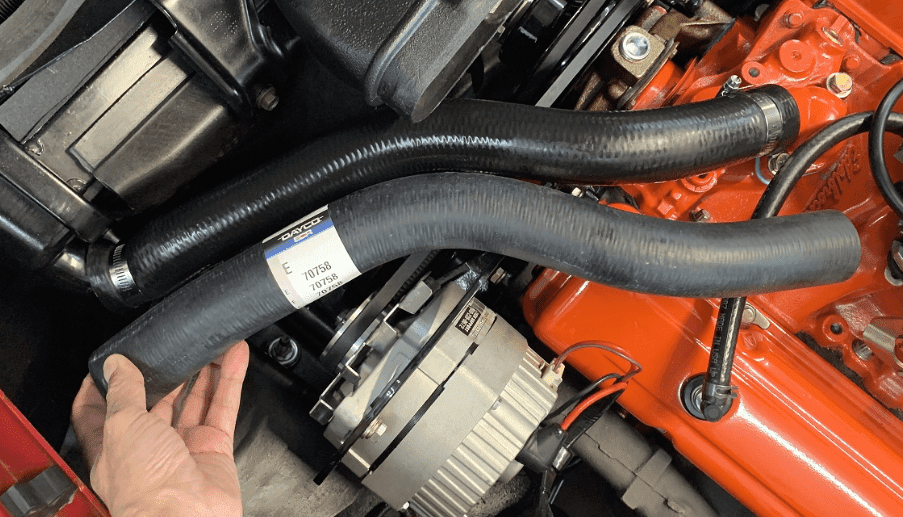Radiator hose function in car engine
When we look at the car engine, we will see several hoses in car engine. Some engine hose are used for air, and some others are used for engine coolant. In today's post will explain radiator hoses' functions in a car engine. I hope this post will be helpful for you.
The automotive radiator hoses are components in the cooling system made of elastic rubber with a braided thread inside. We can easily find the automotive radiator hose in engines, generally between the engine and the radiator, often separated by a radiator fan.
Commonly, there are two car radiator hoses, namely the upper radiator hose and the lower radiator hose. Both hoses are made of the same material. Still, they have different indentation models, depending on the model and engine design of the car.
So what are the actual functions of this automotive radiator hose? The following is the function of the automotive radiator hose in the engine.
1. The place where the engine coolant flows
The first function of the radiator hose is a place for the engine coolant to flow from the radiator to the engine and back forth. We know that the radiator's function is to cool the engine coolant temperature from the engine.
The coolant flow from this engine will flow to the radiator through the upper radiator hose then stop at the radiator due to the closing of the thermostat. The engine coolant temperature will cool down in the radiator and stay in the lower tank radiator.
When the thermostat valve is open, the cold engine coolant will flow from the lower radiator hose. Then the engine coolant will be inserted into the engine and used again to cool down the engine temperature.
2. Connecting the cooling water tunnel between the radiator and the engine
The second function of the radiator hose is to connect the cooling water channel between the radiator and the engine. In general car engines, the radiator is placed on the front grille and attached to the frame/body frame of the vehicle. In contrast, the engine is separated from the radiator and installed in the engine room.
A radiator hose connects the water line in the engine to the water channel on the radiator. That way, we can say that this radiator hose connects the water channel between the engine and the radiator.
Also read:3. Reduce engine vibration to the radiator
Apart from being a connector and a place for engine cooling water to flow, the radiator hose also reduces engine vibrations not to creep and damage the radiator.
As we already know, the radiator hose is made of rubber which is quite flexible, but inside, some threads strengthen the strength of the radiator hose.
Generally, when the engine is running, there is a reasonably large vibration in the engine. By using a radiator hose made of rubber, vibrations will not spread to the radiator and car body.
